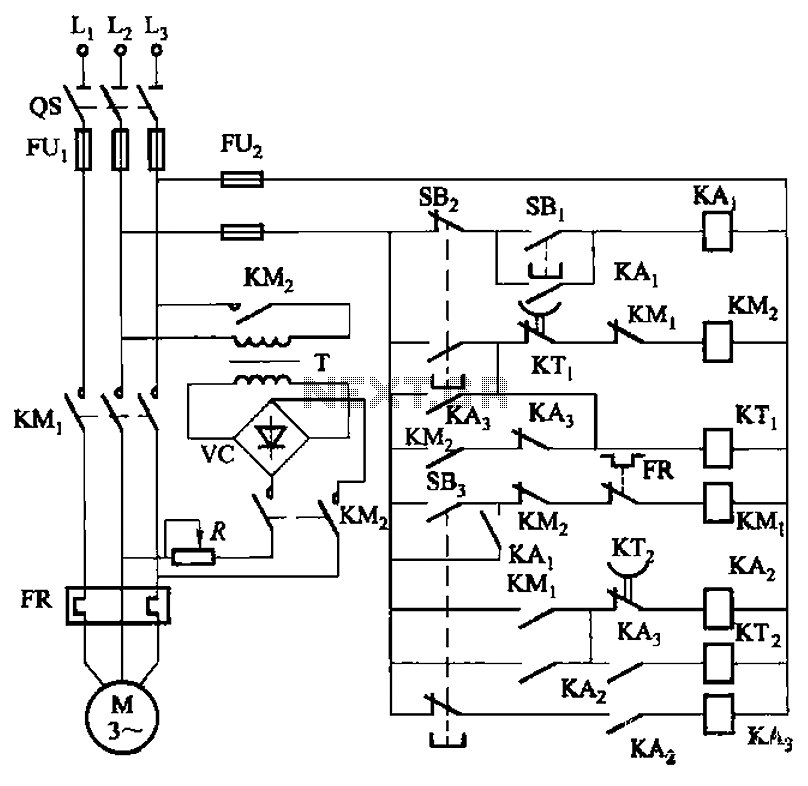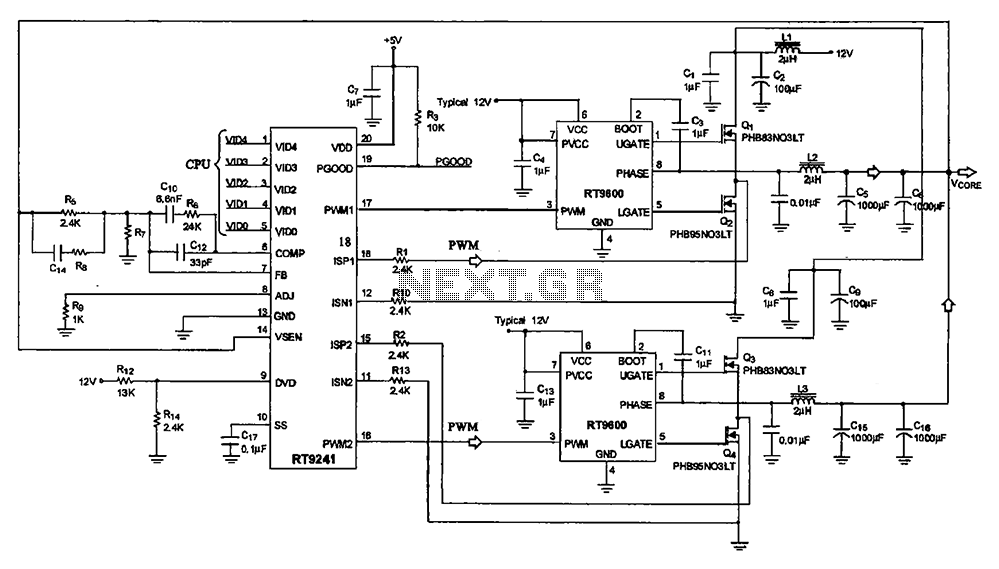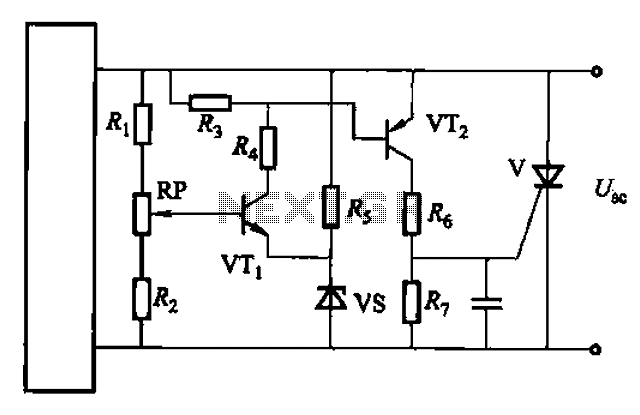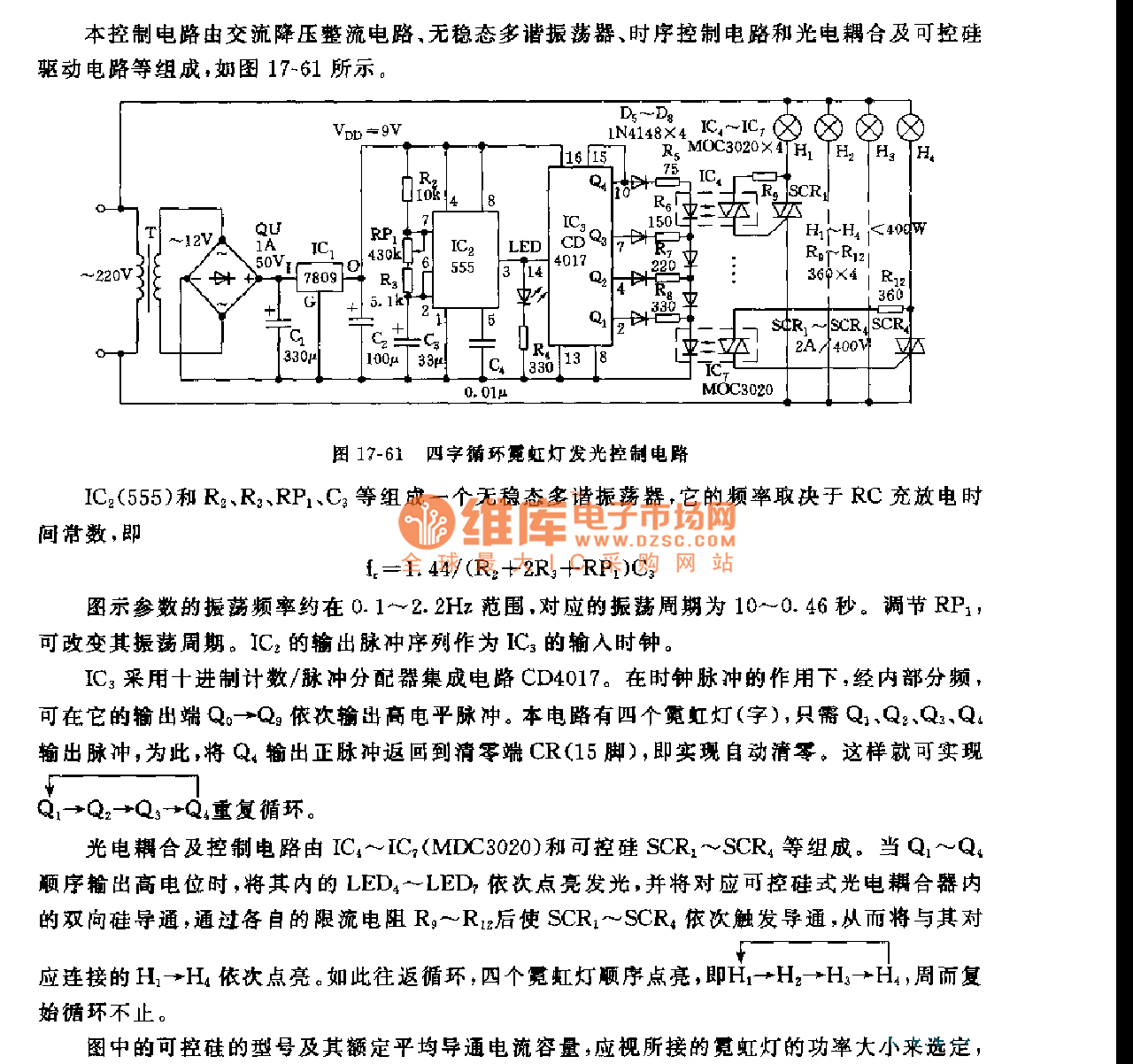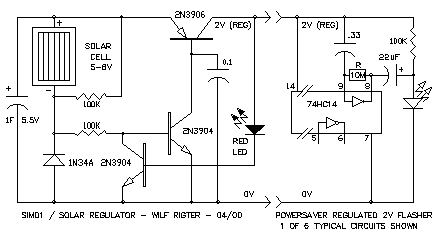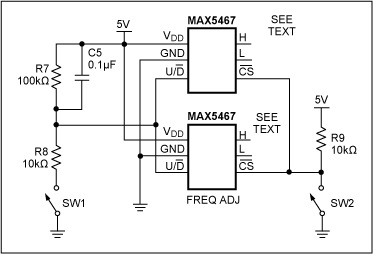
Digital Clock Circuit with T89C51 microcontroller
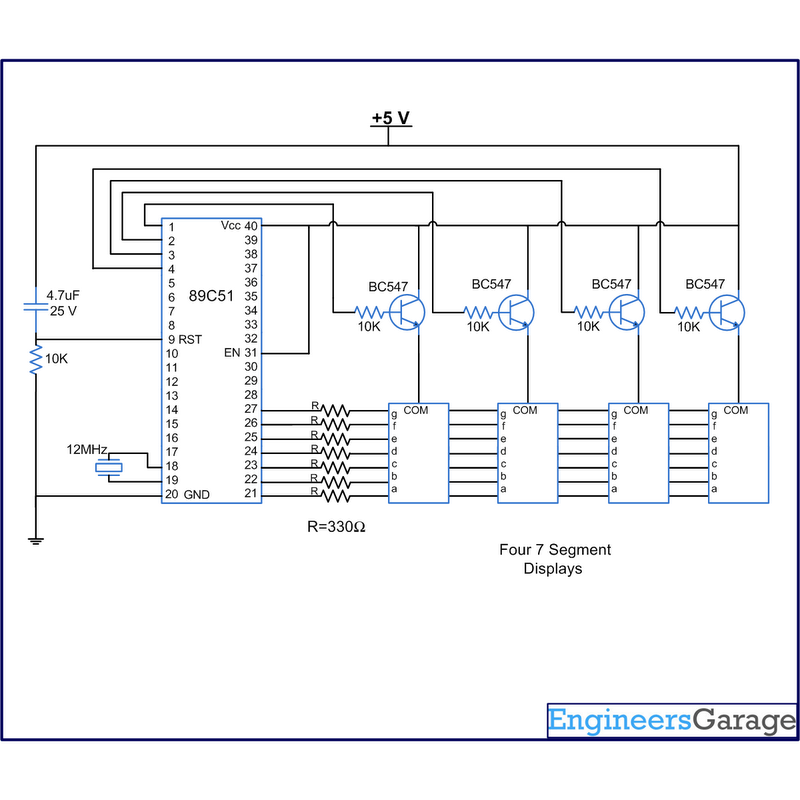
A digital clock displays time in a digital format. The circuit outlined here shows the time with double-digit minutes and two digits for seconds across four seven-segment displays. The segments of the displays are interconnected with the 8051 microcontroller AT89C51. This circuit can be utilized in vehicles, homes, offices, and various other applications. When power is supplied to the circuit, the clock starts from 00:00. The time is displayed on the four seven-segment displays (in a common anode configuration) using multiplexing. This is accomplished by employing the timer interrupt (Timer0) of the AT89C51, which is configured to update the seven-segment displays. The segments are refreshed multiple times per second to create simultaneous visibility. The clock operates with a one-second delay achieved through Timer1. The information pins of the segments are connected to port P2 of the microcontroller, while the control or enable pins (common anode) are connected to pins 1-4 of port P1. The digit in the fourth display, which represents the units of seconds, increments every second from 0 to 9. The digit in the third display increases every 10 seconds from 0 to 5, allowing the seconds to range from 00 to 59. The digit in the second display increments every minute (after 60 seconds) from 0 to 9, and so forth, enabling the clock to count hours before resetting.
The digital clock circuit primarily involves the AT89C51 microcontroller, which serves as the central processing unit for timekeeping and display control. The four seven-segment displays are arranged to represent the time in the format of MM:SS (minutes and seconds). Each display consists of 7 segments plus a decimal point, and the common anode configuration allows for easy control of the segments by turning them on or off through the microcontroller.
The multiplexing technique is critical in this design, as it reduces the number of pins required for control while maintaining a clear display. By rapidly switching between the displays, the human eye perceives all segments as lit simultaneously due to persistence of vision. The Timer0 interrupt is configured to trigger at a specific frequency, allowing the microcontroller to manage the timing of the display updates effectively.
Timer1 is utilized to create a precise one-second delay, ensuring accurate timekeeping. The microcontroller's internal clock frequency determines the timer settings, which must be calibrated to achieve the desired timing accuracy. The connection of the segment data pins to port P2 allows the microcontroller to send the appropriate signals to illuminate the correct segments for each digit displayed.
The control pins connected to port P1 enable the microcontroller to activate the correct display at any given time, ensuring that only one display is on at a time while the others remain off. This minimizes power consumption and avoids ghosting effects on the displays. The logic implemented within the microcontroller firmware handles the counting of seconds, minutes, and the transition between them, effectively managing the timekeeping process.
Overall, this digital clock circuit is a practical application of microcontroller technology, demonstrating the integration of hardware and software to create a functional timekeeping device suitable for various environments.A digital clock is one that displays time in digital format. The circuit described here shows the time with double-digit "minutes" and two digits `seconds` in four seven segment displays. The segment of seven switches are interconnected with 8051 microcontroller AT89C51. This circuit can be used in vehicles, homes, offices and many others. At the time of the source Vcc is supplied to this circuit, the clock starts from 00:00. The time is displayed in four segments of 7 (in the common anode configuration) using the notion of multiplexing. That is achieved by using the timer interrupt (Timer0) of AT89C51 is set to update the 7-segment. The segments are updated several times in the second to be displayed simultaneously. The clock is ticking, which is delayed by one second with single precision. Timer1 is used to produce a one second delay. The pins of information (h) of the many segments are interconnected and get P2 port signal to the microcontroller.
The control or enable pin (anode popular) are connected to pins 1-4 of port P1 3). The number in the fourth section (which shows the unity of the digits 2 ) increases as early as the second, and from 0 to nine. The range in the third section increases immediately after every 10 seconds from 0 to 5. Therefore, the seconds are different sample of 00 to 59. The digit of the variations of the second section after every 60 seconds (one minute) from 0 to nine, etc.
So the clock is ticking for an hour and after it resets again 🔗 External reference
The digital clock circuit primarily involves the AT89C51 microcontroller, which serves as the central processing unit for timekeeping and display control. The four seven-segment displays are arranged to represent the time in the format of MM:SS (minutes and seconds). Each display consists of 7 segments plus a decimal point, and the common anode configuration allows for easy control of the segments by turning them on or off through the microcontroller.
The multiplexing technique is critical in this design, as it reduces the number of pins required for control while maintaining a clear display. By rapidly switching between the displays, the human eye perceives all segments as lit simultaneously due to persistence of vision. The Timer0 interrupt is configured to trigger at a specific frequency, allowing the microcontroller to manage the timing of the display updates effectively.
Timer1 is utilized to create a precise one-second delay, ensuring accurate timekeeping. The microcontroller's internal clock frequency determines the timer settings, which must be calibrated to achieve the desired timing accuracy. The connection of the segment data pins to port P2 allows the microcontroller to send the appropriate signals to illuminate the correct segments for each digit displayed.
The control pins connected to port P1 enable the microcontroller to activate the correct display at any given time, ensuring that only one display is on at a time while the others remain off. This minimizes power consumption and avoids ghosting effects on the displays. The logic implemented within the microcontroller firmware handles the counting of seconds, minutes, and the transition between them, effectively managing the timekeeping process.
Overall, this digital clock circuit is a practical application of microcontroller technology, demonstrating the integration of hardware and software to create a functional timekeeping device suitable for various environments.A digital clock is one that displays time in digital format. The circuit described here shows the time with double-digit "minutes" and two digits `seconds` in four seven segment displays. The segment of seven switches are interconnected with 8051 microcontroller AT89C51. This circuit can be used in vehicles, homes, offices and many others. At the time of the source Vcc is supplied to this circuit, the clock starts from 00:00. The time is displayed in four segments of 7 (in the common anode configuration) using the notion of multiplexing. That is achieved by using the timer interrupt (Timer0) of AT89C51 is set to update the 7-segment. The segments are updated several times in the second to be displayed simultaneously. The clock is ticking, which is delayed by one second with single precision. Timer1 is used to produce a one second delay. The pins of information (h) of the many segments are interconnected and get P2 port signal to the microcontroller.
The control or enable pin (anode popular) are connected to pins 1-4 of port P1 3). The number in the fourth section (which shows the unity of the digits 2 ) increases as early as the second, and from 0 to nine. The range in the third section increases immediately after every 10 seconds from 0 to 5. Therefore, the seconds are different sample of 00 to 59. The digit of the variations of the second section after every 60 seconds (one minute) from 0 to nine, etc.
So the clock is ticking for an hour and after it resets again 🔗 External reference
Warning: include(partials/cookie-banner.php): Failed to open stream: Permission denied in /var/www/html/nextgr/view-circuit.php on line 713
Warning: include(): Failed opening 'partials/cookie-banner.php' for inclusion (include_path='.:/usr/share/php') in /var/www/html/nextgr/view-circuit.php on line 713
